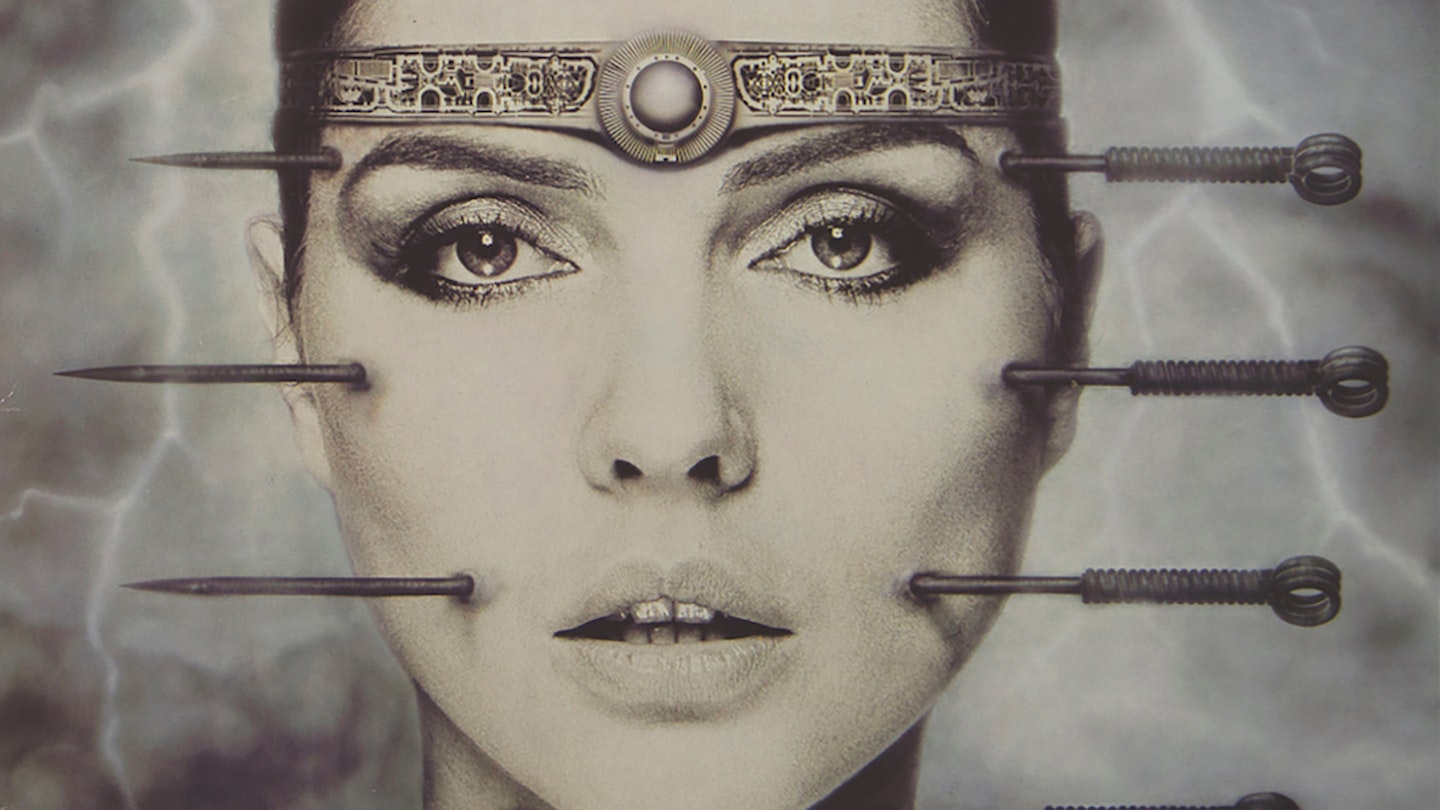19 July, 1981
“Debbie’s Pop Shocker,” screamed the headline in that day’s edition of the Sunday Mirror. The reason for this outrage was printed on the cover: a large portrait of Debbie Harry with her face skewered by a number of overlarge acupuncture needles.
“This shock picture of Blondie star Debbie Harry has been banned from Britain’s high streets,” continued the Mirror, “The picture - which is also on the cover of Debbie’s first solo album, Koo Koo - has upset Britain’s advertising bosses. London Transport has already banned the poster”. No portrait of Debbie on the 112 to Ealing Broadway then.
"The poster is artistic!"
Debbie Harry
The singer, who made the album whilst on a hiatus from Blondie, was aggrieved. Those waiting at bus and tube stops would not have an opportunity to see how notorious Swiss artist H.R. Giger, acclaimed for his designs for Ridley Scott’s movie Alien in 1979, had superimposed needles on a portrait of Debbie’s face taken by photographer Brian Aris. “The poster is artistic,” snapped Debbie, “Giger was having acupuncture treatment when I asked him to design the poster. I didn’t see it until it was finished but I think it is great”.
The British Posters Advertising Association didn’t agree. They promptly banned it from high street hoardings. Chrysalis, the record company releasing Koo Koo, was informed that the poster was deemed offensive to children and old folk. Debbie flashed back, “the ban is ridiculous when you consider the sort of posters which exploit women and advertise violent films.”
Chic's Nile Rodgers And Bernard Edwards
Not that the ban mattered. Virtually the whole of Britain was now aware that Debbie Harry had an album due. It appeared in the shops on July 27 and steadily made its way up the charts. “A chic concept,” is how label Chrysalis described their controversial delivery, which couldn’t fail to excite interest whatever the problems of marketing. For Debbie and Chris Stein’s musical collaborators on the project were Nile Rodgers And Bernard Edwards, at that time pop’s sharpest razors in the producers’ box. The pairing stemmed from a time when Blondie and Chic were recording in adjoining studios, in 1979. The idea of a joint project was mutually appealing, and Edwards and Rodgers were commissioned to both produce and co-write the album. “We all admired each other’s work for a long time,” Debbie confirmed, setting the seal on the get-together.
Certainly there was some sort of connection between Chic and Blondie. Nile Rodgers, raised in New York’s Greenwich Village, was once a member of New World Rising, one of the first bands to play Max’s Kansas City, the New York club that had kick-started The Stilletos, a band that had included Chris Stein and Debbie Harry. For his part, Edwards had been a New Yorker since the age of ten, and had honed his musical awareness in the city’s array of small clubs.
H.R.Giger’s part in the proceedings followed in the wake of an Alien screening. Giger had been the set designer on the film, creating a series of erotic and symbolic images that were at once both terrifying and strangely beautiful. “We saw the movie and knew that we wanted him to do the cover,” claimed Debbie. “I see the cover as projecting energy and vitality. The title KooKoo stems from the ‘cu’ syllable in acupuncture.”
Via a Chyrsalis press release Giger declared that the cover meant whatever the viewer wanted it to mean. “Recently,” he added, “I’ve been trying acupuncture, hence the needles as well as the ‘punk’ with the word acupuncture. I’m continually showing in my work, the idea of metamorphosis. Most of all, I believe that beauty is in the eye of the beholder. Therefore art became an entirely personal and unique meaning as defined by the observer.” Debbie Harry picked up on the personal interpretation theme when asked to describe the album, explaining, “the words simply mean what they say. Double meanings exist and anything deeper is merely a personal interpretation by the listener.”
It seemed that interpretation came easier in Britain, the intended amalgam of black and white influences receiving a tepid response in Debbie’s homeland. KooKoo eventually clambered to sixth spot in the UK charts but only reached No.43 in the US, with two spin-off singles Backfired and The Jam Was Moving hardly making tills tinkle on either side of the Atlantic. Debbie remained unrepentant about her first solo outing, though.
“Piss off, I love that record,” she later replied to a reader’s criticism in Q. “The mix is bad but the material is great.”
